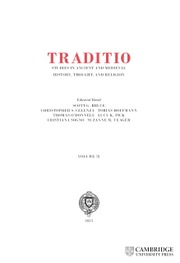Frankish Jerusalem
Focusing on Jerusalem under Frankish rule following the Crusader conquest of 1099, this book sheds light on the dynamic socio-economic factors that shaped Jerusalem's gradual urban transformation. In exploring the extensive corpus of medieval property records, it reveals that the growth of Jerusalem's monumental and symbolic landscape, as befitted its new status as the capital of the Latin Kingdom, was in tandem with more mundane facets of life in the city, such as growing residential settlement patterns, and the expansion of its rural hinterland. This places the history of Frankish Jerusalem in a broader theoretical framework by analyzing the socio-economic and institutional mechanisms – such as immigration and the formation of medieval trust – that shaped the cityscape during a particularly tumultuous period in its history, and places it against the backdrop of medieval urbanisation processes in other regions.
- Provides a new understanding of urban environments in the Latin East in the medieval period
- Reveals the various socio-economic mechanisms that triggered the gradual urbanisation of Frankish Jerusalem
- Offers a comparative approach to medieval urbanisation by exploring the connection between Jerusalem's symbolic landscapes to everyday life
Product details
February 2024Hardback
9781009418324
296 pages
235 × 158 × 21 mm
0.57kg
5 maps 27 tables
Available
Table of Contents
- Introduction: Frankish Jerusalem – Revisiting an Urban Landscape that was Both a Symbol and an Anomaly
- 1. The Transformation of Frankish Jerusalem – History, Historiography and New Methodologies
- 2. The Earthly City – Patterns of Settlement and Property Distribution
- 3. Jerusalem and its Hinterland
- 4. From Depopulated and Dilapidated Town into Capital: Social Structures and the Transformation of Jerusalem
- 5. Continuity and Change in the Social Structures of Jerusalem in the Second Half of the Twelfth Century
- Conclusion.


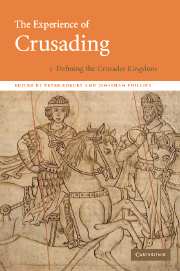
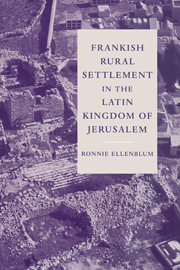
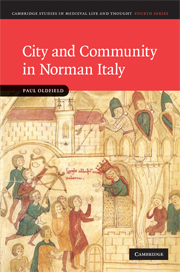
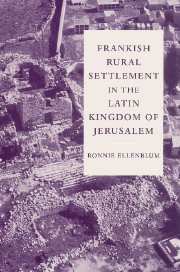

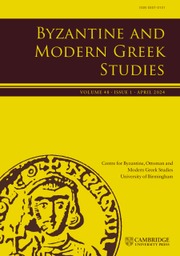
.jpg)
